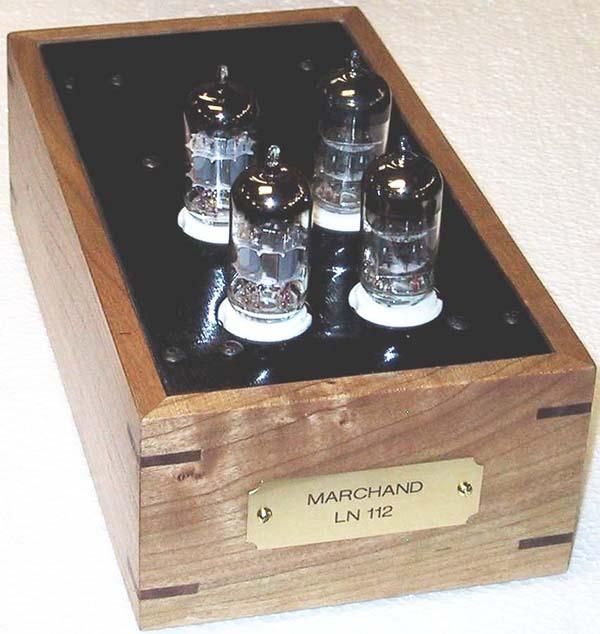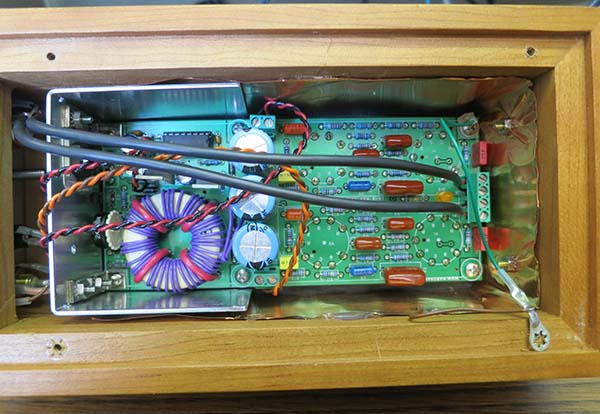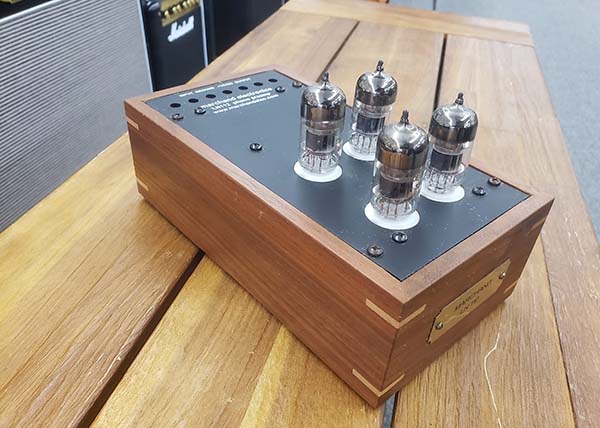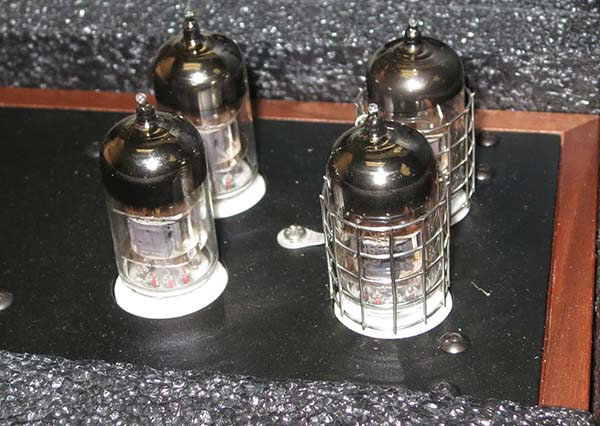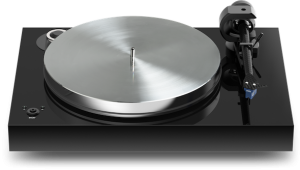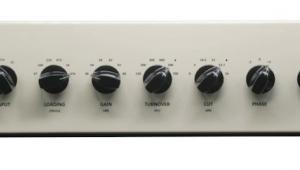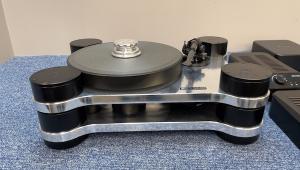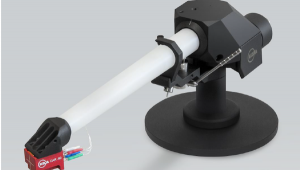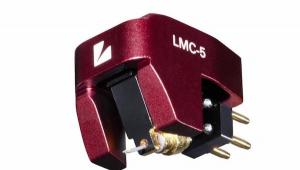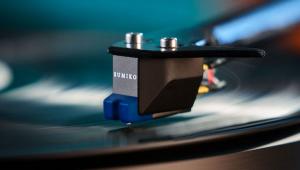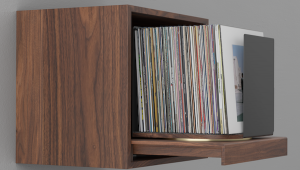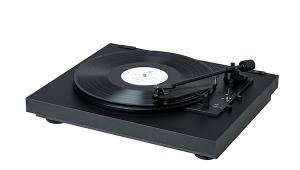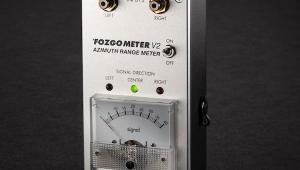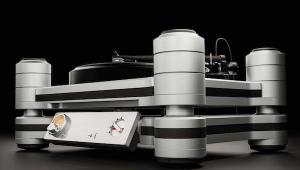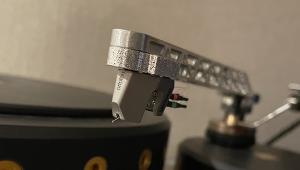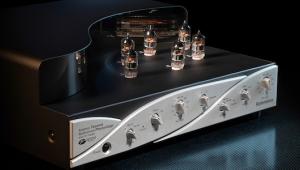Hi
$1,100 to buy a MM phonostage is heck a good deal, even if it were made off shore.
But this tube phonostage employs switch mode power supply (SMPS)!!
Why? To save cost apparently ?
A typical SMPS for audio use switching frequency up to 2MHz with EMI noise about 10KHz - within the audio frequency.
Looking at the shielding layout of the switching power supply inside the box, I am not that impressed at all !
If it were a phonostage using only solidstate devices in the audio circuitry, e.g. FETs, transistors or op-amps, it is still logical to a SMPS - 100% solidstate pre-Amp !
But this is ALL-tube phonostage but with a HF SMPS - a hybrid design with a EMI noisy power supply !!!!! Hopefully, its built-in EMI noise suppression is effective enough !
But as a die-hard analogue handyman, it is not my cup of tea !
JACK L
